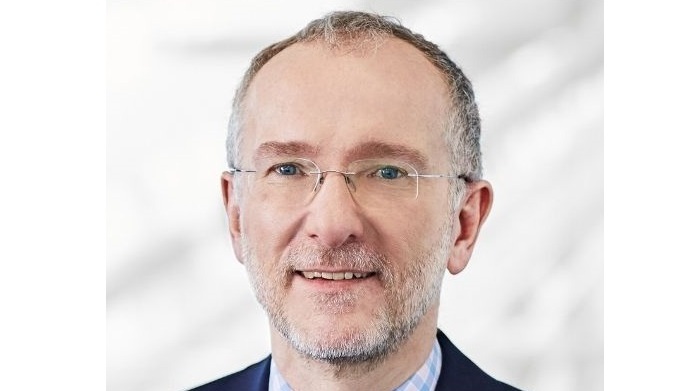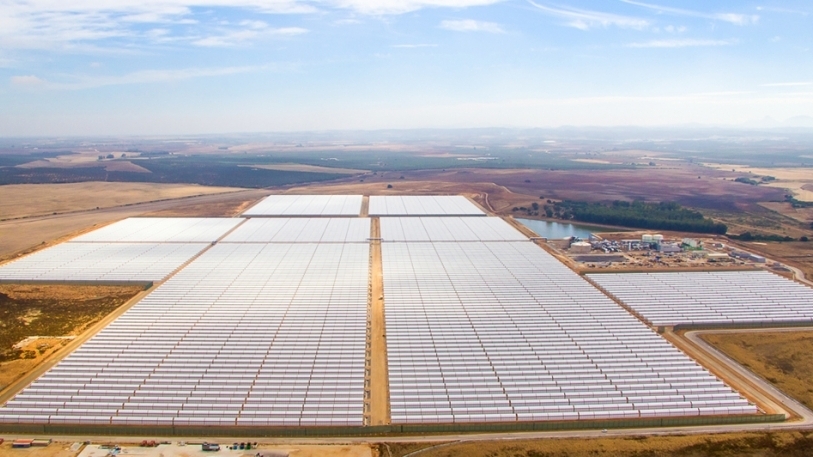
Why Canadian pension giant CDPQ is betting big on carbon capture, green cement and steel
Net Zero Investor sits down with Bertrand Millot, head of sustainable investment at the C$424 billion Québec pension fund CDPQ, to discuss net zero pledges, investment portfolio choices and engagement strategies
Canadian pension funds face a tough balancing act. While they are under immense pressure to divest fossil fuels and step up their net zero efforts, the reality of Canada's economy is that mining remains one of the country's largest industries with immense spending power and investment appeal.
At the same time, net zero debates are raging across North America. While a strong anti-ESG wind is blowing through large parts of the US, most investors in its northern neighbour seem to firmly hold on to the idea that they should roll out and implement mature and credible net zero investment strategies.
Time to find out where Caisse de dépôt et placement du Québec stands, the C$424 billion Québec-based pension fund, as Net Zero Investor sits down for an exclusive chat with Bertrand Millot, CDPQ's head of sustainable investment.
The investment strategies of pension funds are increasingly dominated by green issues such as net zero and the energy transition, at least in Canada, where investors feel the climate heat. What approach do you take?
We are focused on our long-term objectives. Our approach to sustainable investing is based on integrating ESG factors and the positive impact that this can have on companies at every stage of their growth. This is why our teams take this into account with all investment decisions regardless of the asset class, an approach that serves as a mechanism for risk management, value creation and innovation. Our investment strategy to address climate change aims to contribute to the transition toward a low-carbon economy and achieve a net zero portfolio by 2050.
So, in practice, how do you plan to execute that ambitious strategy and hit that goal?
Our first climate strategy, deployed in 2017, positioned us in the fight against climate change. We set ambitious targets covering the whole portfolio so we could take immediate and structured action. In 2019, we decided to make a strong commitment: achieve a net zero portfolio by 2050, with a focus on decarbonizing the real economy.
After exceeding our targets set in 2017, we announced in 2021 a new and ambitious strategy based on four essential and complementary pillars to meet the major challenges of the transition, namely C$54 billion in low-carbon assets by 2025, a 60% reduction in our portfolio’s carbon intensity by 2030 compared to 2017, a C$10 billion transition envelope to proactively invest in the decarbonation of 4 major carbon-emitting sectors: power generation, materials, agriculture and transport.
Low carbon assets, a reduction in emissions, it may be logical to assume renewable projects may take centre stage in your investment strategy as clean energy is often cited as the most logical net zero investment spot, do you agree?
Yes and no.
Yes, renewables and clean energy are part of low-carbon investments to reduce emissions. We do have a commitment to increase these types of investment by C$54 billion by 2025 by investing in sectors such as low-carbon real estate, renewable energy and sustainable transportation but we also target investment opportunities in innovative areas such as green hydrogen, electricity storage, energy efficiency, sustainable fuels and sustainable agriculture.
However, to attain net zero we also need to decarbonize the real economy. CDPQ considers that the transition of the highest-emitting industries is a key component of the fight against climate change. This is why we offer companies constructive and innovation-based support to assist them on their decarbonization journey. That’s why we announced the creation of a $10-billion envelope to decarbonize the highest-emitting sectors.
"We are investigating other potential sectors such as carbon capture, green cement and steel to eventually be in a position to invest in them, but only once they are sufficiently mature to meet our risk-return criteria."
Can you tell us a bit about those investment choices.
In 2022, we completed three transactions that met the criteria of the transition envelope. These investments were evaluated by our teams and reviewed by independent external experts to validate the rigour of their respective decarbonization plans and to ensure alignment with the Paris Agreement. The selected companies had to meet specific standards set by the CBI or the SBTi.
Which of the CBI and SBTi's standards did you turn to?
Have a proven decarbonization strategy, have an implementation plan, disclose their progress, both internally and externally. And, as mentioned above, we see opportunities in various sectors such as green hydrogen, electricity storage and energy efficiency, as well as an increasing number of opportunities in high-emitting sector for climate innovations such as the energy transition, cleantech, and sustainable agri-food, agtech. We led several investments in these sectors notably through various partnerships with S2G Ventures, Energize Ventures and bp ventures.
Also read
Ontario Teachers Pension CEO Jo Taylor: ‘voting against directors sets the tone for change’
You said you take the long view, with a heavy focus on low carbon assets: what do you expect from your peers, how do you see the role of pension funds and other asset owners in shaping and driving the net zero agenda?
Our role as an asset owner is to help advance best practices in sustainable investing, and we encourage our portfolio companies and external managers to implement them. CDPQ is a founding member of the Net Zero Asset Owner Alliance launched by the United Nations in 2019 and sits on its board. The over 85 institutional investor members of this initiative are committed to achieving a net-zero portfolio by 2050 by supporting the decarbonization of the real economy to meet the goals of the Paris Agreement. With the alliance, we published several white papers and toolkits to help our portfolio companies make climate commitments and report on their progress annually.
But those are just papers, intentions, pledges. Is there enough action currently, you think?
CDPQ is a hands-on investor. We go well beyond simply owning financial assets: we develop and build sustainable buildings; we invest in firms or projects that develop renewable power farms; we are behind Québec’s largest public transit project in 50 years, the REM, a light-rail system that will include 26 stations spread over 67 km; we own large stakes different kinds of sustainable transportation.
In addition, we are playing a key role pushing portfolio companies to reduce their emissions. For example, we own large stakes in power companies that have, after we invested, been certified as aligned with net zero ambition. They were able to do so by replacing their fossil fuelled generators with renewables.
"We voted against the re-election of the board members of ten companies. This encourages them to integrate climate risks into their activities."
We spend considerable resources engaging with publicly listed portfolio companies and exercising our voting rights, always with a view to encourage companies to adopt responsible and ambitious practices in the context of the energy transition.
Finally, asset owners have an important role to play in engaging governments on key aspects of the transition. In this context, CDPQ is represented on Canada’s Sustainable Action Finance Council advising the Federal Government. We are also a driving force behind a number of investor initiatives such as the Investor Leadership Network and the Sustainable Markets Initiative advising governments on matters such as blended finance and biodiversity.
You mentioned engagement there, at government-level, but what about your investment portfolio. How do you engage and interact with your investee companies?
Throughout the year, we engage with our portfolio companies on sustainability issues. Our teams pay close attention to disclosure, ESG strategy oversight, board composition, business risk management and executive compensation. We use the different levers of influence to engage our portfolio companies such as strategic support, dialogue and engagement and shareholder voting. We are active on climate engagement.
Can you elaborate on that? For example, can you tell us a bit about your voting strategy and approach.
In 2022, we voted against the re-election of the Board members of ten companies to underscore their lack of ambition on decarbonization. These individuals are responsible for sustainability and climate-related issues on their boards at companies that have been targeted by Climate Action 100+, the investor group that promotes best practices in terms of climate strategies among the highest greenhouse gas (GHG) emitters. This type of initiative aims to encourage them to integrate climate risks into their activities by demonstrating the importance of these factors in the successful long-term operations of an organization.
Also read
Nest CIO Elizabeth Fernando: ‘we don’t want to concentrate our money into fewer assets’




